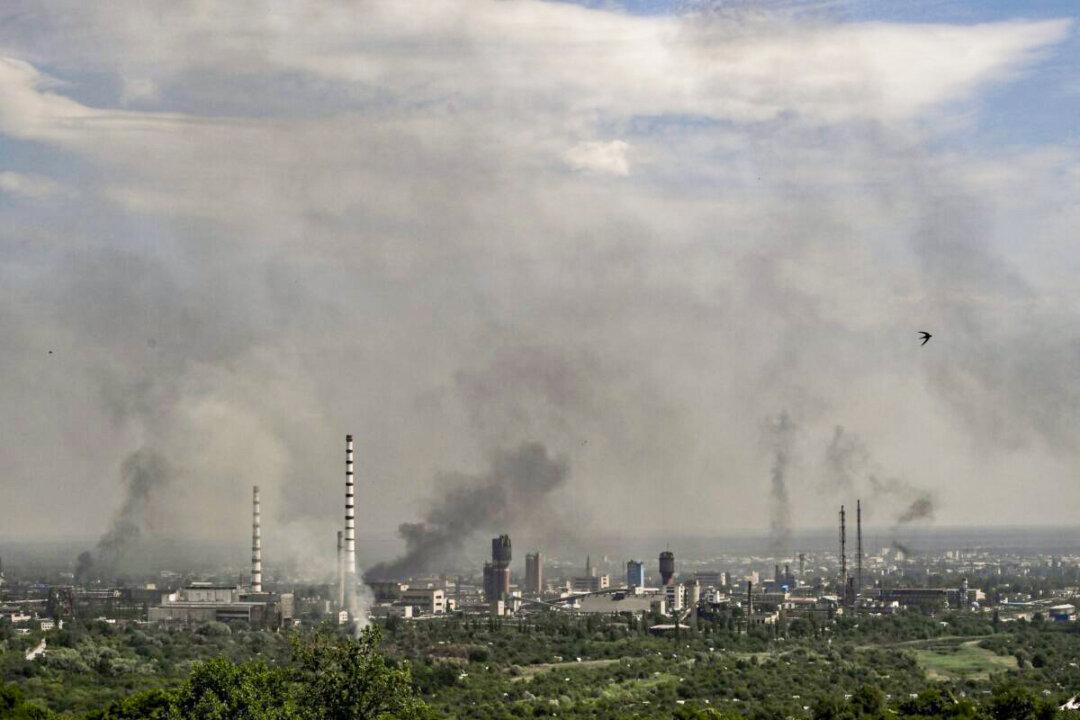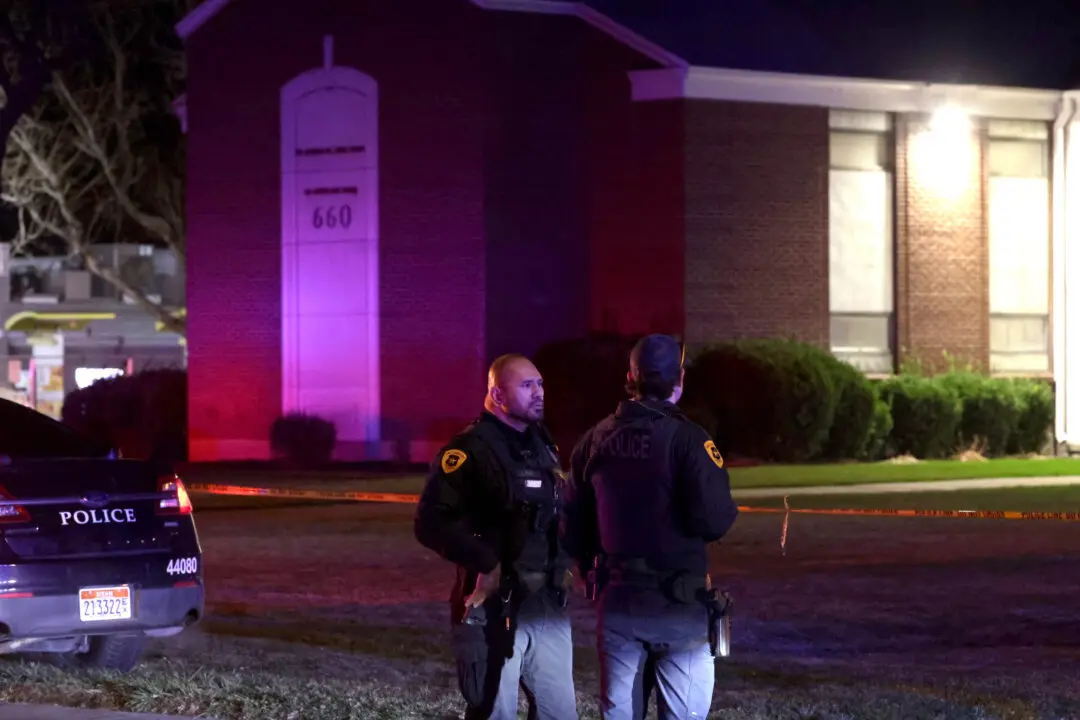LVIV, Ukraine—Russian troops control about 80 percent of the fiercely contested eastern city of Sievierodonetsk and have destroyed all three bridges leading out of it but Ukrainians were still trying to evacuate the wounded, a regional official said Tuesday.
Serhiy Haidai, governor of the eastern Luhansk region, acknowledged that a mass evacuation of civilians from Sievierodonetsk now was “simply not possible” due to the relentless shelling and fighting. Ukrainian forces have been pushed to the industrial outskirts of the city because of “the scorched earth method and heavy artillery the Russians are using,” he said.





